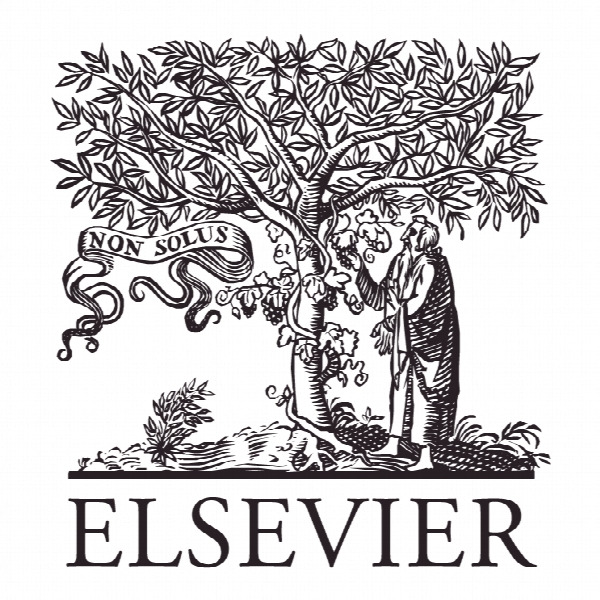دیدگاه های پیشرفته جدید افزودنی های کلرید در حذف فلزات سنگین بهبود یافته و اصلاح فسفر در طول فرایند حرارتی لجن فاضلاب New advancement perspectives of chloride additives on enhanced heavy metals removal and phosphorus fixation during thermal processing of sewage sludge
- نوع فایل : کتاب
- زبان : انگلیسی
- ناشر : Elsevier
- چاپ و سال / کشور: 2018
توضیحات
رشته های مرتبط شیمی و محیط زیست
گرایش های مرتبط شیمی تجزیه و مهندسی بهداشت محیط
مجله تولید پاک – Journal of Cleaner Production
دانشگاه College of Chemistry and Chemical Engineering
منتشر شده در نشریه الزویر
کلمات کلیدی انگلیسی Sewage sludge; Heavy metals; Phosphorus; Thermal treatments; Removal efficiency
گرایش های مرتبط شیمی تجزیه و مهندسی بهداشت محیط
مجله تولید پاک – Journal of Cleaner Production
دانشگاه College of Chemistry and Chemical Engineering
منتشر شده در نشریه الزویر
کلمات کلیدی انگلیسی Sewage sludge; Heavy metals; Phosphorus; Thermal treatments; Removal efficiency
Description
1. Introduction Phosphorus is a restricted resource, and is essential as a major nutrient for the growth of life in most ecosystems. Phosphorus can’t be replaced by other elements and, it is an important element for many manufacturing processes as well (Biswas et al., 2009). The consumption of phosphorus fertilizer increased from 9×106 to 40×106 metric tons between 1960 and 2000 with the increase in the world’s population and was predicted to increase further to 200×106 metric tons by 2030 (Tilman et al., 2001). Sewage sludge (SS) ash has considerable potential to be used as a minor source of phosphate for the production of fertilizers and phosphoric acid (Speir et al., 2007). Previous studies have revealed that in China the annual discharge of ewage sludge (80% water ratio) is to be more than 20 million ton in 2013 (Dai et al., 2013). Currently, more than 16 million ton of sewage sludge was discharged to the environment without treatment, resulting in serious environmental pollution. It is therefore urgent that effective measures to deal with sewage sludge in China are developed and implemented (Duan et al., 2012). Related study about sewage sludge incineration has revealed that after the organic contaminants and pathogens are completely destroyed, 60–70% of the phosphate is fixed in the sewage sludge ash. Compared to phosphorous ore which reaches 26%, the P2O5 content of sewage sludge ash has been found to be 15%, equivalent to the lowest levels in phosphate rock (Coutand et al., 2008). According to Schipper et al., 2004, bottom ash contains considerable amounts of phosphorus at about 16% P2O5. In China, the average phosphorus content in sewage sludge is 22g P/kg SS, with the maximum reaching 37g P/kg dry solids SS. Therefore, the recovery of the phosphorus from the bottom ash for use in the phosphate industry is possible and needed (Guo et al., 2009). ACCEPTED MANUSCRIPT Sewage sludge contains large amounts of inorganic mineral matter rich in nutrients (N, P, K, etc.), however, sludge containing odorous substances, pathogens, persistent organic compounds and heavy metals, has the potential for grave harm to the environment (Coutand et al., 2008; Rasković, 2007). It contributes to contaminated land, smelly, polluted groundwater and rivers and lakes. Specifically, sludges containing heavy metals and other toxic substances which cannot be decomposed bymicroorganisms pose the greatest risk (Rio et al., 2007). Landfill and agricultural utilization are unsustainable approaches to sludge management due to the excess of sewage sludge production and the high concentration of heavy metals in sludge (Donatello and Cheeseman, 2013). A study by Smith (2009) indicated that heavy metals and some toxic organisms in landfilled sewage sludge can be absorbed by agricultural plants in concentrations that are potentially hazardous to the human food chain.


